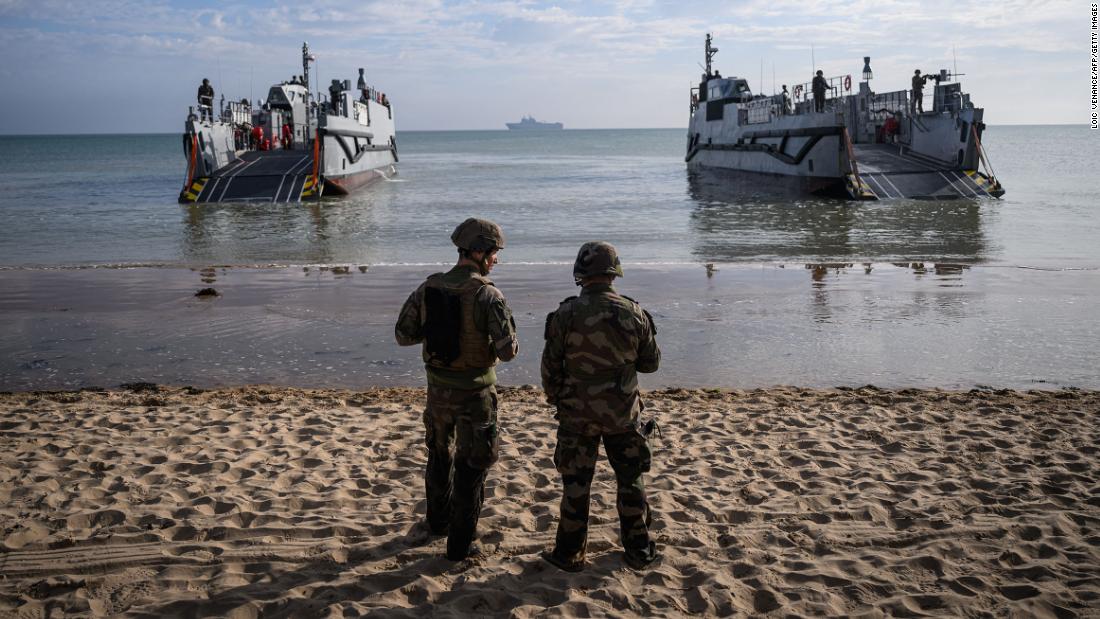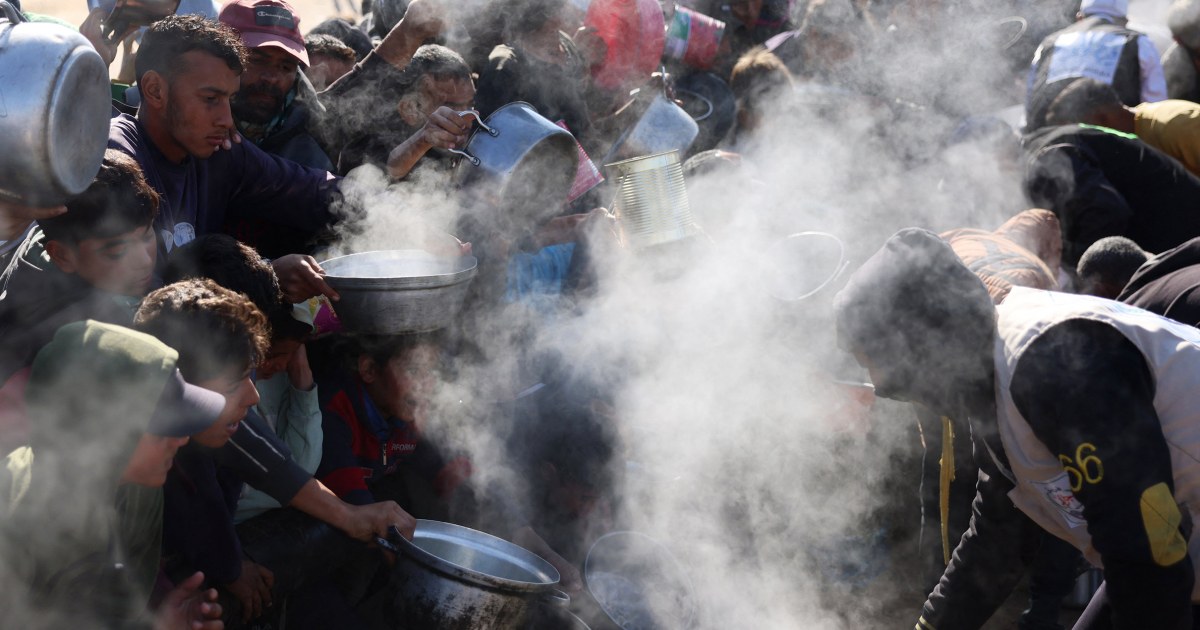World
Live updates: D-Day 80th anniversary in Normandy, Biden, Macron, Zelensky, Prince William attend

Eighty years to the day after the “Placid Lassie’” first flew in the skies above France, towing American soldiers in a glider into battle, she soared once again over Normandy.
A troop-carrying C-47 aircraft, the Placid Lassie is one of seven World War II-era aircraft taking part in D-Day commemorations this week, kept flying by teams of volunteer pilots and mechanics.
“It’s not an airplane that looks like it. Not a replica, not something that approximates it or represents it, but this actual airplane that flew over the beaches of Normandy,” pilot Eric Zipkin said. “So there’s an extraordinary feeling of responsibility and importance.”
Most of these aircraft from the United States-based D-Day squadron, an organization that put together the Placid Lassie’s trip to Normandy this year alongside several other similar aircraft.
The journey took six days, as these aircraft were built for flight during another era. They require fuel, tools and spare parts not readily available on the market today, Zipkin said.
Zipkin believes that flying these planes is one of the most important ways to bring the history of WWII to life — second only to the stories shared by the dwindling number of living veterans.
Without modern avionics, navigation or communication equipment, flying the aircraft is a visceral and tactile experience, one that demands mastering a new way of flying, Zipkin said.
However, growing costs and the advanced age of the air frames may make this the last time the public sees such a large formation of these veteran birds in flight in Europe.
He estimated that it costs the owners of the planes each $150,000 to $200,000 to make the journey one way.
“That’s just to just just to show up. And then, of course, flying in the UK and Europe is extremely expensive, probably twice what it costs in the United States,” Zipkin said.








